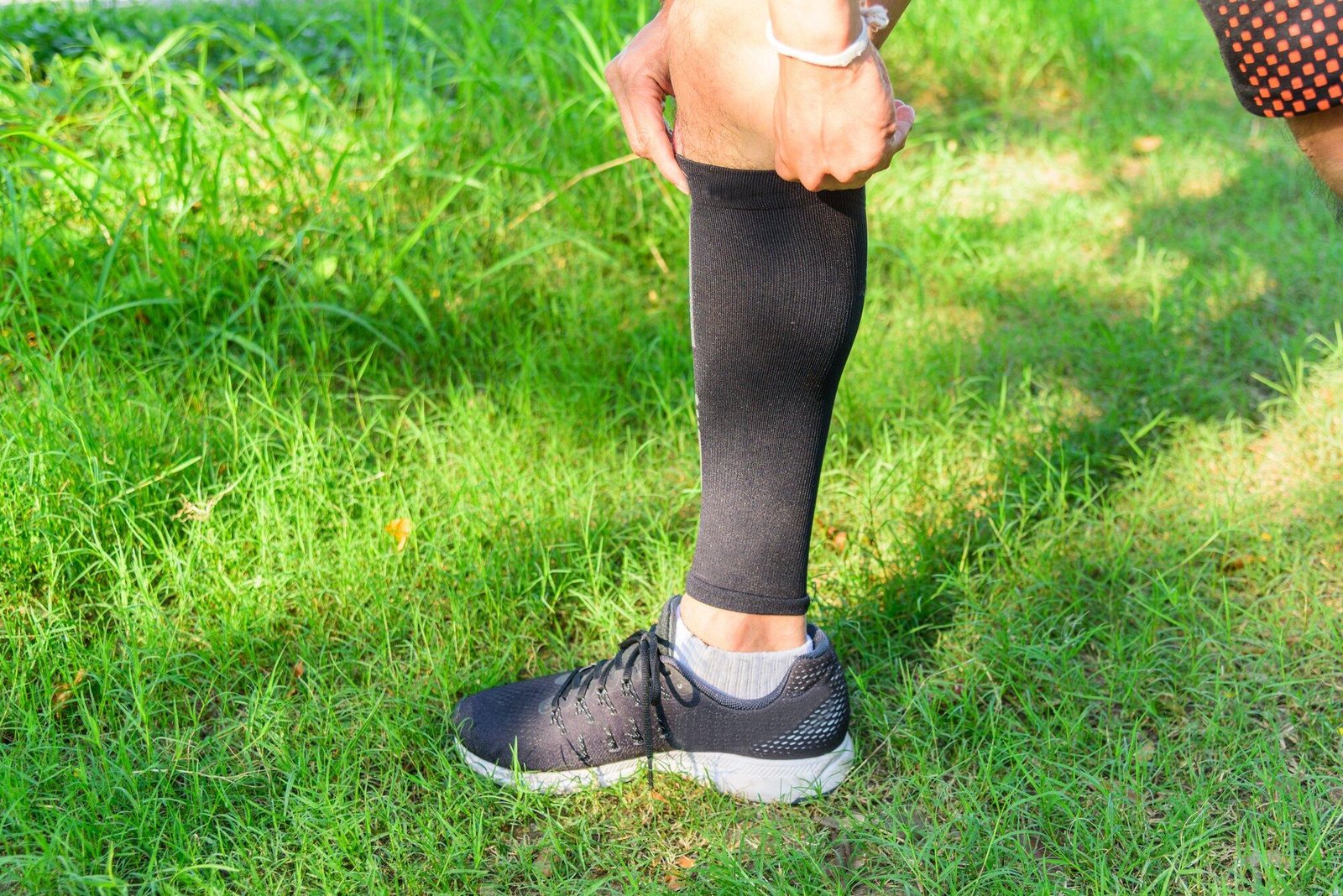
9 Ways to Choosing the Right Compression Running Socks
Choosing the right compression running socks is a crucial step toward ensuring a comfortable and injury-free running experience. These socks are designed to improve blood circulation, cut muscle fatigue, and reduce the risk of blisters.
From their material and design to their compression levels and fit, there are several factors to consider when it comes to selecting the perfect pair for you. In this guide, we will delve into essential tips to help you navigate the wide array of options and make an informed decision.
Follow along as we unpack each factor, empowering you to select the compression running socks that will offer the largest benefit, meet your individual needs, and elevate your running experience.
Table of Contents
1. Understand the Purpose
One effective method to navigate this selection process is by understanding the purpose of these socks. Compression running socks are designed to apply pressure to your lower legs. This helps to maintain blood flow and reduce discomfort and swelling.
By understanding this, you can select socks with the appropriate level of compression, fabric, and design suitable for your running needs and preferences. So whether you’re training for a marathon, or taking a casual jog, having the right compression running socks can make a world of difference.
2. Check the Compression Level
Choosing the right compression running socks involves several factors, the key among them is checking the compression level. This level is measured in millimeters of mercury (mmHg). It indicates the amount of pressure that the sock applies to your leg.
Typically, compression socks for running range between 20 to 30 mmHg. It provides optimal pressure for improved blood flow and muscle recovery. A higher level may be necessary for more serious medical conditions.
But for running, a moderate level is often sufficient. Always remember, the right compression level can make all the difference between a comfortable run and potential discomfort or injury.
3. Choose the Right Size
This involves measuring your foot size and referring to the sizing chart provided by the sock manufacturer. A well-fitted compression sock should wrap around your foot and calf without being too tight. A loose sock might not provide the desired compression effect.
It’s essential to remember that the size of compression socks might not always correspond with your shoe size. They are designed to apply pressure to your feet and lower legs to enhance blood flow during running.
4. Material Matters
When choosing the right compression running socks, the material matters significantly. For runners, eco friendly socks are made from synthetic fibers such as the following:
- polyester
- acrylic
- CoolMax
All these offer superior moisture-wicking capabilities. This keeps your feet dry and blister-free during lengthy runs. These materials also keep their shape, delivering consistent compression over time.
Natural fibers, like cotton, although comfortable, may keep moisture and lose their shape when saturated with sweat. This makes synthetic materials a more favorable choice for compression running socks.
5. Pick the Right Style
Choosing the right compression running socks involves several factors, one of which is picking the right style. The ‘style’ here refers to the design, length, and specific features of the sock. It could be low-cut, calf-length, or even full-length socks.
Some runners may prefer socks with extra padding in the toe and heel region, while others might want a minimalist design. The right style of sock enhances comfort during running. Plus, it also supports optimal performance and helps prevent injuries.
6. Test Its Moisture Management
This is a crucial feature as it can impact the comfort and performance of the runner. Well-designed moisture management in running socks helps keep the feet dry. It also reduces the risk of blisters and fungal infections.
This in turn leads to a more comfortable and efficient running experience. Moisture-wicking fabrics are used in compression running socks to enhance moisture management.
These materials, such as polyester, nylon, and spandex, can pull moisture away from the skin and distribute it throughout the fabric. This allows for quicker evaporation of sweat, keeping the feet dry and comfortable during a run.
7. Take Note of the Brand
This method involves researching and selecting men’s compression socks based on the reputation and quality associated with specific brands. Well-established brands often guarantee durability, comfort, and best compression, which are crucial elements in running socks. It signifies the importance of brand recognition in choosing compression running socks.
A brand’s reputation and track record can speak volumes about the quality of its products. It is important to do some research on popular brands known for producing high-quality compression running socks. This can help narrow down your options and ensure that you are investing in a reliable and trusted brand.
8. Ease of Use
Socks made from soft and stretchy fabrics, such as spandex or nylon, are easier to put on and take off compared to those made from stiffer materials. Additionally, socks with a higher percentage of these fabrics tend to be more comfortable during wear and have better stretch and support. Factors contributing to the ease of use may include the ease of putting on and taking off the socks, comfort during wear, the socks’ ability to stay in place during physical activity, and simple care instructions for washing and drying.
Ease of use is a critical consideration for athletes when choosing the right compression running socks. It can significantly impact their running experience and performance.
9. Value for Money
When it comes to selecting the perfect compression running socks, it’s important to consider both the quality and cost of the product. While a high-quality sock may come with a higher price tag, it can offer significant benefits that make it worth the investment. However, this doesn’t mean that the most expensive option is always the best choice.
Many runners find that a mid-range compression sock offers the perfect balance of quality and value. These socks are often made from materials that provide adequate compression, moisture-wicking properties, and durability for any work force without breaking the bank.
Choose the Right Compression Running Socks
Choosing the right compression running socks requires careful consideration of factors such as the level of compression, material, size, and design. It is crucial to listen to your body and choose a pair that provides the right balance of comfort and compression to support your exercise regimen.
The right socks can elevate your performance, speed up recovery, and make running more enjoyable. Invest in quality compression socks and experience the difference for yourself.
Looking for more tips and advice? You’re in the right place! Make sure to bookmark our page and come back to check out more interesting articles.
Last Updated on January 2, 2024













